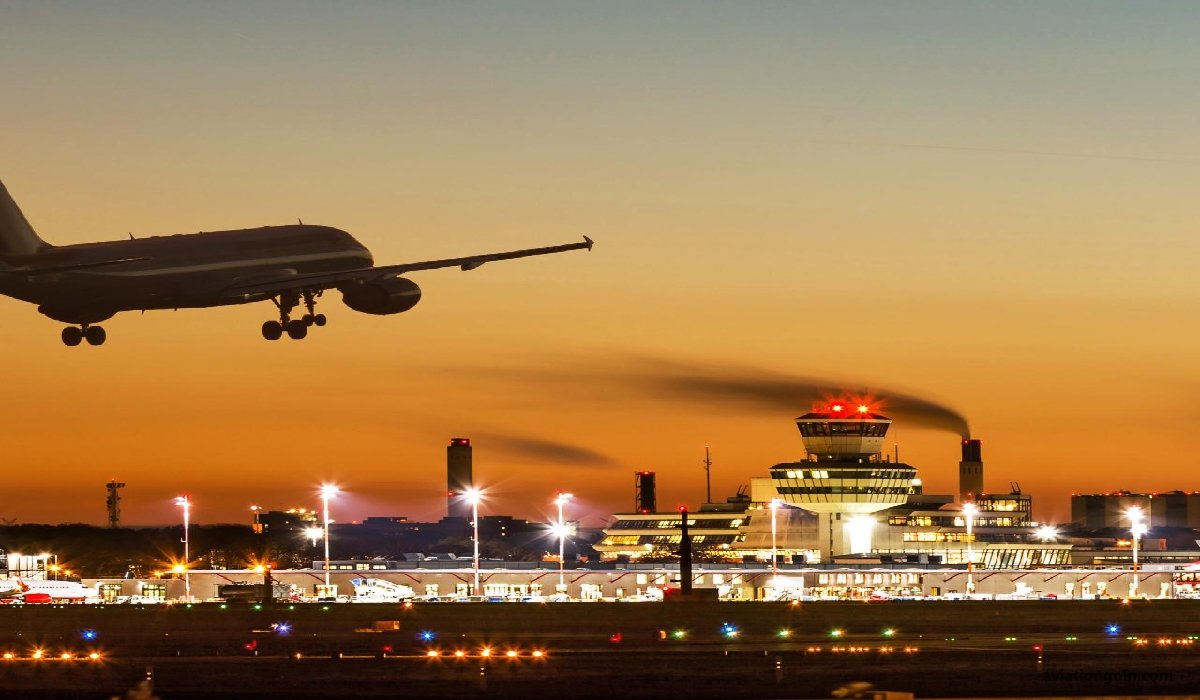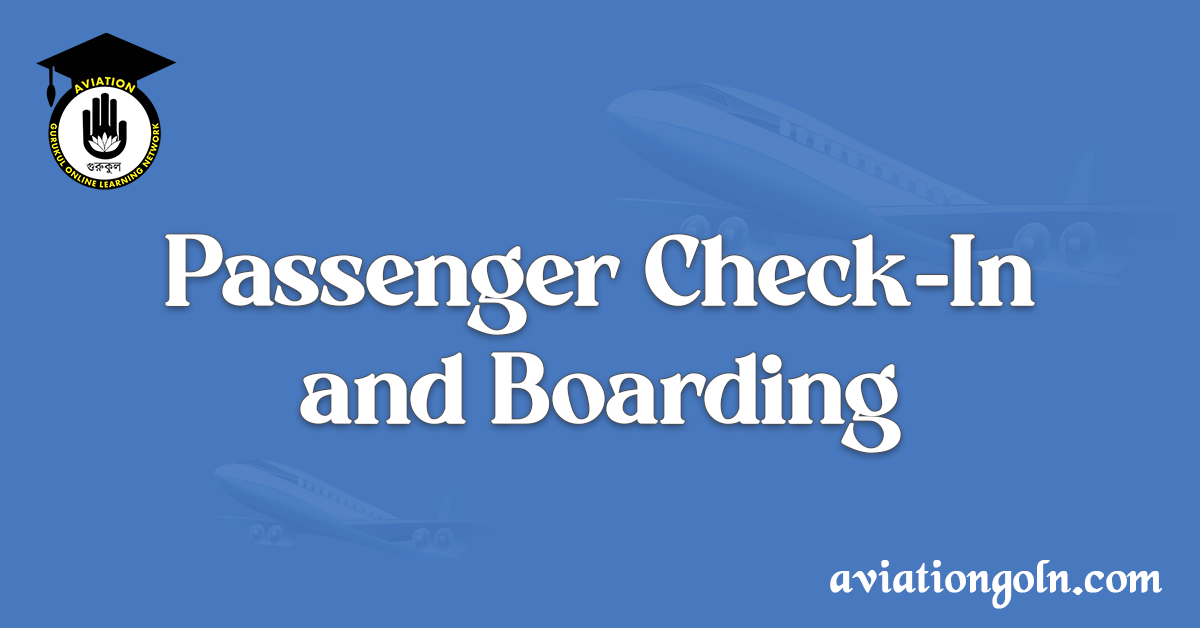Passenger Check-In and Boarding: Air travel is a marvel of modern technology, allowing people to traverse vast distances in a matter of hours. Central to the efficiency and safety of this mode of transportation is the meticulous orchestration of ground operations, especially the processes of passenger check-in and boarding. This article delves into the various facets of these operations, offering insight into their importance, methodologies, and potential future improvements.
Passenger Check-In and Boarding: Ground Operations
1. The Importance of Efficient Ground Operations
Before delving into specifics, it’s worth noting why streamlined ground operations are critical.
- Safety: Everything in aviation revolves around safety. Effective ground operations ensure that passengers, luggage, and cargo are loaded correctly, and that aircraft weight and balance are maintained.
- Punctuality: Airlines operate on tight schedules. Efficient check-in and boarding processes mean timely departures and the ripple effect of punctuality across connecting flights.
- Passenger Experience: A smooth and hassle-free experience can significantly influence a passenger’s perception of an airline and their choice for future travel.

2. Passenger Check-In Process
The check-in process marks the beginning of the passenger’s journey at the airport. Here’s a step-by-step breakdown:
- Traditional Desk Check-In: Although increasingly replaced by digital alternatives, many passengers still prefer the human touch. They approach counters, present identification and flight details, and receive boarding passes and luggage receipts.
- Self-Service Kiosks: These are standalone units in airports that allow passengers to check in themselves. Passengers can print boarding passes, choose seats, and even pay for extra luggage or services.
- Online/Mobile Check-In: A growing trend, passengers can now check in via an airline’s website or mobile application. This is often available 24 to 48 hours before the flight, allowing passengers to arrive at the airport with boarding passes already in hand.
- Bag Drop: After check-in, if passengers have checked luggage, they proceed to either the traditional counter or designated bag drop areas.

3. Security Checks
Post check-in, passengers move through security checks. While not a check-in process in the strictest sense, it’s an integral part of ground operations. This involves:
- Screening: Passengers and their carry-on items are screened using x-ray machines and metal detectors. In many airports, full-body scanners are also used.
- Document Verification: Security personnel verify the identity of the passenger against their boarding pass.

4. Boarding Process
Once through security, passengers await boarding, which is itself a multi-step process:
- Gate Arrival: Passengers are advised to arrive at the designated gate well before the boarding time.
- Announcements: Airline staff make periodic announcements about the flight status and boarding procedures.
- Boarding Priority: To manage crowds and ensure an orderly process, airlines typically board in groups. This might be based on seat location (like back-to-front or outside-in), frequent flyer status, or other special needs or priorities.

- Document Verification: Before entering the jet bridge or bus to the aircraft, boarding passes and, in some cases, IDs are checked again.
- Seat Occupancy: Upon entering the aircraft, passengers find their designated seats, stow their carry-on items, and settle in.

5. Challenges and Solutions
The ground operations, though seemingly straightforward, present numerous challenges:
- Overcrowding: Some flights, especially during peak travel times, can lead to crowded check-in areas and boarding gates. Solution: Many airlines are experimenting with biometrics, where facial recognition or fingerprints speed up processes and reduce lines.
- Delays: Delays can disrupt the tight schedule of airlines. Solution: Modern software solutions that provide real-time updates and streamline operations can mitigate the ripple effects of delays.
- Lost Luggage: The mishandling of luggage is a frequent concern. Solution: Technologies like RFID tags can track luggage in real-time, reducing chances of misplacement.

6. The Future of Ground Operations
Innovation is ongoing in the aviation industry. Some future-forward concepts include:
- Biometric Systems: Beyond just check-in and boarding, biometrics might soon replace passports and IDs, offering a seamless travel experience.
- Artificial Intelligence: AI could be used to predict and manage passenger flow, reducing waiting times and improving overall efficiency.
- Robotic Assistance: Robots might soon assist in check-in procedures, answer passenger queries, and even handle luggage.

Passenger check-in and boarding are central elements of ground operations in the aviation sector. Their efficiency is pivotal not just for the punctuality of flights, but for safety and enhancing passenger experience. With technology continually evolving, it’s exciting to anticipate how these processes will be further streamlined in the future, making air travel even more seamless and enjoyable.
